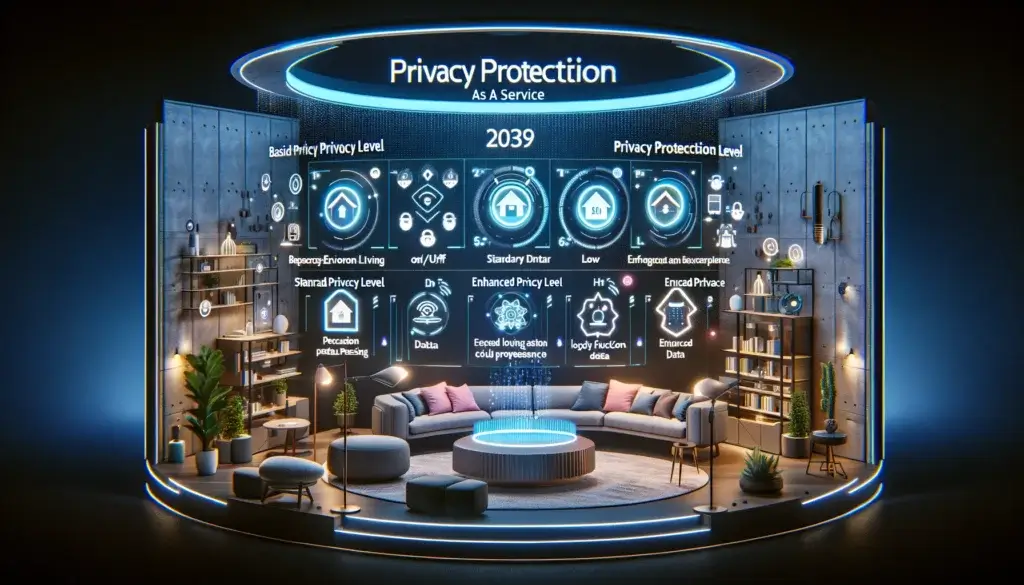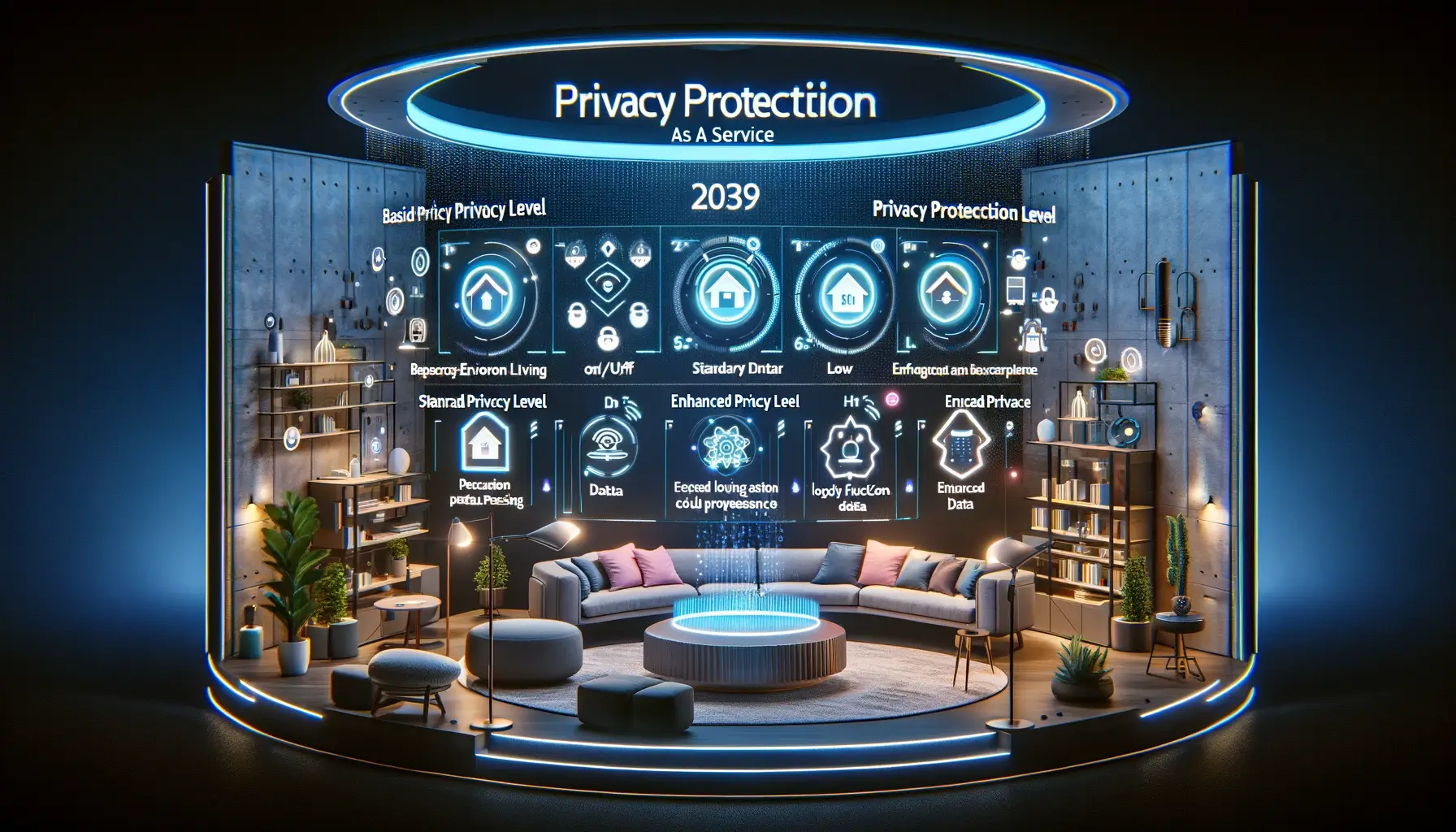
INTRODUCTION
With the current development and widespread use of artificial intelligence, Automated Decision-Making (ADM) systems have become an integral part of household life. The potential of AI to take over household tasks is stronger than ever. However, the proliferation of these systems has also brought widespread concerns regarding privacy and data security.
In the homes of 2039, almost every device is capable of data collection and processing through ADM, from smart refrigerators to security systems. While their intelligent decision-making capabilities provide convenience, they also raise significant concerns about personal privacy.
In this blog, we will explore the role of ADM in smart homes in 2039, how it influences our lives, and how to balance privacy and user experience. In this context, the challenge for designers is how to enhance social interactions while protecting user privacy, providing a safe and enjoyable social experience.
ADM Systems: Opportunities and Challenges
In 2039, smart home systems will utilize advanced sensors and data analysis technologies to provide various automated services, from temperature regulation to learning entertainment preferences. These systems can learn users’ behavior patterns, predict needs, and adjust the home environment accordingly, greatly enhancing convenience. However, this convenience comes at the cost of extensive personal data collection and analysis, including the living habits, health conditions, and even emotional states of household members. The collection and use of this data raise widespread privacy concerns: do you truly have control, or is ADM secretly manipulating you based on your private information?
Design Exploration: Custom Privacy Levels in a 2039 Smart Home ADM System
This design exploration aims to investigate users’ preferences between privacy and experience by allowing them to customize their privacy protection levels. Imagine a service called Privacy Protection as a Service, which allows users to adjust privacy settings in their smart home systems based on personal preferences. Through this service, users can choose different privacy levels, each defining the types and scope of data the system can collect and process, as well as the location where data processing occurs.
Smart living assistant devices can adjust their functions according to the user’s chosen privacy level. For example:
- Basic Privacy Level: At this level, devices only respond to basic commands, such as turning lights on and off and adjusting the temperature, without collecting any user behavior data.
- Standard Privacy Level: At this level, devices can adjust environmental settings (such as lighting and temperature) based on user activity patterns, but they do not store long-term data or send data to the cloud.
- Enhanced Privacy Level: Devices can collect a broader range of data and provide more personalized experiences, such as health monitoring and mood analysis. However, all data processing is conducted locally to ensure information does not leak out.
- Full Function Privacy Level: Users allow devices to collect and utilize all data to provide the best experience, including data sharing with cloud services for deep learning and service optimization.

Reflections on the Future
Perhaps in the AI-dominated world of 2039, we will gain much convenience but also lose much of our individuality. If we can balance privacy and experience, why not embrace the integration of AI? The intervention of a privacy service might better help us control the balance between our privacy rights and the quality of our experience.
When thinking about the future of 2039, we need to ask ourselves a crucial question: How much privacy are we willing to sacrifice for convenience? We control the data and our privacy; everything depends on how much privacy users are willing to sacrifice for convenience. What kind of privacy can users share without burden?
This exploration of balance is not only a requirement for technological development but also a test of our values and social structure. As technology continues to advance, how we define ourselves and maintain boundaries with AI will be crucial questions for future society to answer.
Looking Ahead: the Future of Design that Balances Privacy and Experience
Whilst the future is unknown and we don’t know what ADM will bring to our home systems, we can imagine what role it will play in influencing us, and this design exploration will allow people to think carefully about how much power we want to give to AI-intervened ADM systems, and in particular whether AI decisions are what we want them to be? Are we blinded by so-called “recommendations”? Is it really for our own good, and does it change our behaviour?
Reference
[1]Jin, L., Boden, A., & Shajalal, M. (2022). Automated Decision Making Systems in Smart Homes: A Study on User Engagement and Design. In AutomationXP@ CHI.
[2]Xiao Guo, Zhenjiang Shen, Yajing Zhang, and Teng Wu. 2019. Review on the Application of Artificial Intelligence in Smart Homes. Smart Cities 2, 3 (2019), 402-420.
[3]Risteska Stojkoska, B.L.; Trivodaliev, K.V. A Review of internet of things for smart home: Challenges and solutions. J. Clean. Prod. 2017, 140, 1454–1464.
[4]Rho, S.; Min, G.; Chen, W. Advanced issues in artificial intelligence and pattern recognition for intelligent surveillance system in smart home environment. Eng. Appl. Artif. Intell. 2012, 25, 1299–1300.
All images in this blog post are AI-generated


